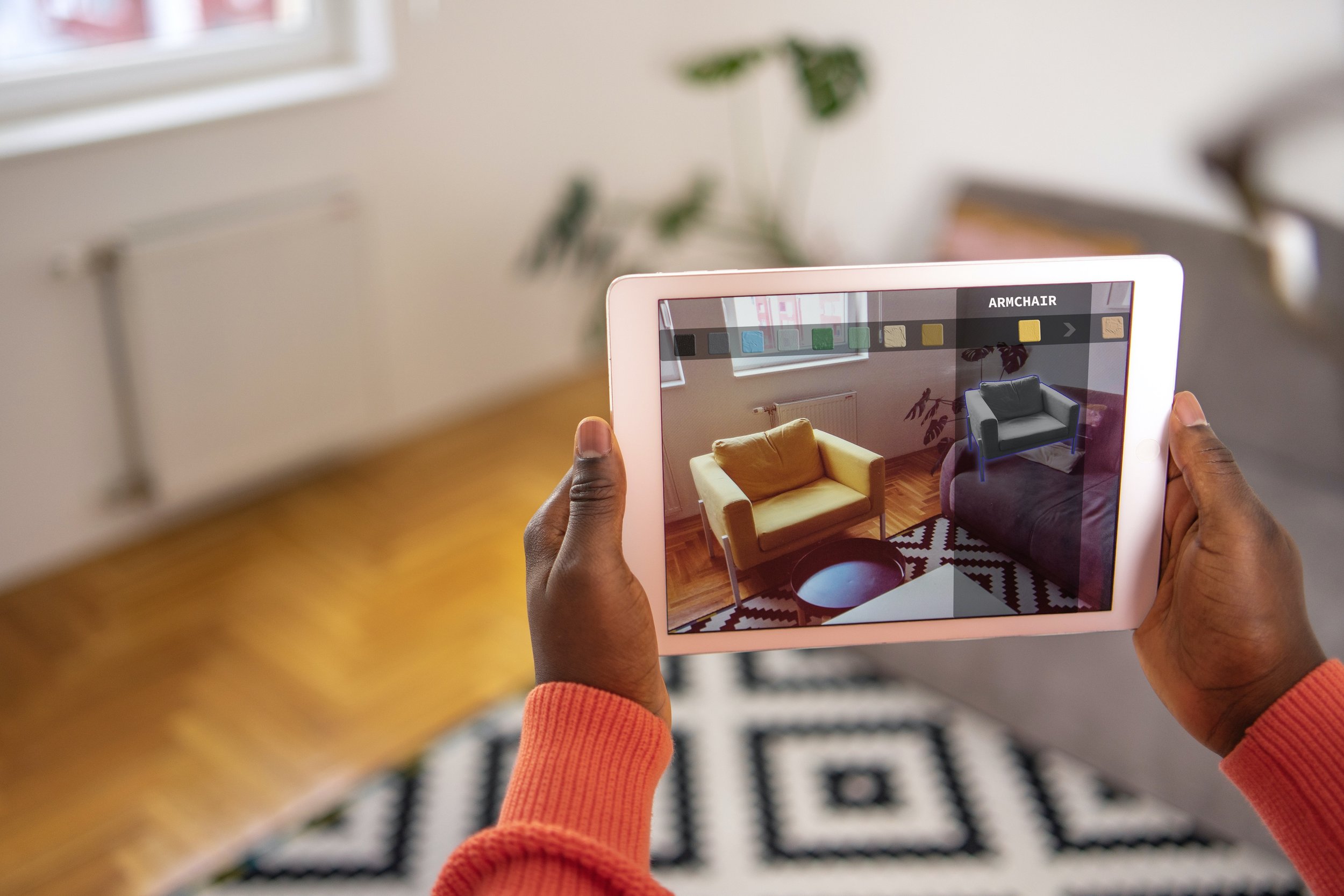Amazon is removing 360° spin capabilities. Here’s how that can increase your sales.
5 ways you can unleash the power of 3D and AR on Amazon - Elevating Your Product Listings
Augmented Reality (AR) utilizing 3D content allows customers to shop in a whole new way, such as seeing what a product looks like in their home, or virtually trying on apparel from home.
Article Summary:
Amazon is changing its 360° spin requirements and will no longer accept 360° image spins.
Instead, amazon is encouraging the usage of 3D assets.
3D renders can unlock the potential for a whole new shopping experience which could increase your sales.
Products that have 3D assets on their listing have a 20% lower return rate.
3D assets can utilize augmented Reality (AR) features to enhance the customer shopping experience.
3D assets can offer increased flexibility for creating captivating lifestyle and A+ content.
Creating 3D content for your Amazon listings has never been easier, and we will tell you how you can do it.
Amazon sellers, you may have heard, but yes, Amazon is changing its 360° spin requirements. Last month, Amazon announced that starting in 2024, new requests to upload 360° image content will no longer be allowed. Instead, Amazon is only accepting the upload of 3D models.
So we thought we’d take a deep dive into the dynamic world of online selling, and more specifically, why Amazon's encouragement to embrace 3D and AR content can be a game-changer for your business and increase your sales. All of us here at Elysian Studios, have witnessed firsthand the magic that happens when products transcend the flat dimensions of traditional 2D photography, and we want to pass that magic along to you.
First, what are 3D assets and how are they different from traditional images? In the past, the only way to get a photo of a product was to physically photograph the item. Today, however, using CAD files and reference images, studios like ours virtually model products in 3D space, making the shape from scratch, customizing the lighting environment, and applying photorealistic texture and detail. These assets can then be rendered as a 2D image, placed into an environmental scene, act as an interactive 360° spin, and even work alongside AR to place the digital asset into the physical world.
Ok, now that we know what we are talking about, here are 5 ways you can increase your sales with 3D content:
1. A more immersive Customer Experience
Picture this: your potential customer is browsing Amazon and scrolling through a sea of products. Now, imagine if your product didn't just pop off the screen, but leaped out, sucked them in, and invited them into a virtual world where they could actually interact with it. That's the power of 3D. By incorporating 3D assets, you're not just showcasing a product; you're creating an immersive shopping experience that, in certain ways, is even better than trying out a product in a physical store.
With AR, customers can see how home decor would look hanging on their wall or sitting on their table. They can virtually try on apparel or a pair of sunglasses to make sure it suits them. Or they can see the true size of a piece of furniture, ensuring it will fit perfectly into their home.
According to a study by PwC, 81% of consumers say they want brands to get creative and immersive with their content. The ability to rotate, zoom, and inspect a product from every angle gives your customers a tangible feel, fostering a deeper connection and boosting their confidence in making a purchase.
2. Reduced Returns & Increased Customer Satisfaction
Every online seller knows that the main reason behind the majority of their product returns is that the product didn’t match the customer’s expectations for that product. Considering the visual content in a listing is the main way expectations are set for the product, photos, videos, and 3D assets are the single most important feature in a listing. And nothing sets expectations better than 3D content.
The beauty of 3D and AR lies in their ability to bridge the gap between online and in-store experiences. By allowing customers to virtually try before they buy, you're minimizing the risk of dissatisfaction and subsequent returns. Customers are also more likely to understand the product dimensions or technical specifications, something that customers often miss when they breeze over the listing description and details.
According to Shopify, products with 3D models have a 20% lower return rate compared to those without. That's a win-win for both you and your customers – fewer returns mean reduced operational costs and, more importantly, happier, satisfied buyers.
3. Enhanced Product Differentiation
In a crowded digital marketplace, standing out is the name of the game. Enter 3D, VR, and AR. By leveraging these technologies, you're not just showcasing a product; you're telling a story. A study by Nielsen Norman Group revealed that users pay close attention to information-carrying images that convey the essence of a product. 3D assets provide an opportunity to highlight unique features, showcase product variations, and demonstrate functionality in ways that static 2D images simply can't match. Elevate your brand by providing a memorable and distinctive online shopping experience that sets you apart from the competition.
Furthermore, according to a study by Harvard Business Review, products with 3D content have a 40% higher conversion rate compared to those without. Why? Because customers are more likely to engage with and trust a product they can virtually explore. It's not just about catching the eye; it's about holding the attention, guiding the customer seamlessly from interest to purchase, and making them more comfortable with the idea of buying a product online.
4. 360° spins made in 3D are just better
Don’t get me wrong, all of us here at Elysian Studios love image-based 360° spins, and we will always offer that service to our clients. But there’s no denying the fact that spins made in 3D are more captivating and offer more flexibility than 2D spins.
Traditionally, 360° spins have been made by placing an item on a turntable, taking a photo every 15° as the item spins, and using the 24 resulting images to stitch together into an interactive spin. Creating a spin is a breeze, and is is a very affordable option considering the interactivity it brings to product listings. But there are limitations with this method:
The size of the product makes 2D spins difficult. Many studios do not have turntables large enough for XL products, and producing the spin is extremely laborious.
There’s only 1 angle of rotation. 2D spins allow you to spin the item around and see the front, back, right, and left side, but the top and bottom of the item will remain hidden. After all, you can’t photograph the side that’s sitting on the table.
2D spins are “choppy.” Spins on Amazon consist of 24 images, meaning the product jumps to a new image every 15° as you spin it. This creates a choppy spin that isn’t nearly as smooth as 3D can be.
360° spins made in 3D, however, eliminate all 3 of those limitations: Any sized item can be rendered in 3D. The resulting spin allows for rotation on all axes, even showing the top and bottom of the product. And there is no “chop” to the spin, it’s smooth as butter. The main trade-off is that they are more expensive, but most of the time, the return on investment is more than worth it.
5. 3D assets offer more flexibility for your visual content
Once a product has been designed in 3D, there really isn’t anything we can’t do with it. Compared to a 2D photo that is “locked in” to the specific angle, lighting, and product orientation that was originally captured, limiting your options for using the photo, a 3D product can become anything you need it to be. I’ve already outlined numerous ways that 3D assets can be more versatile, but the last one I want to talk about is environmental or lifestyle product images.




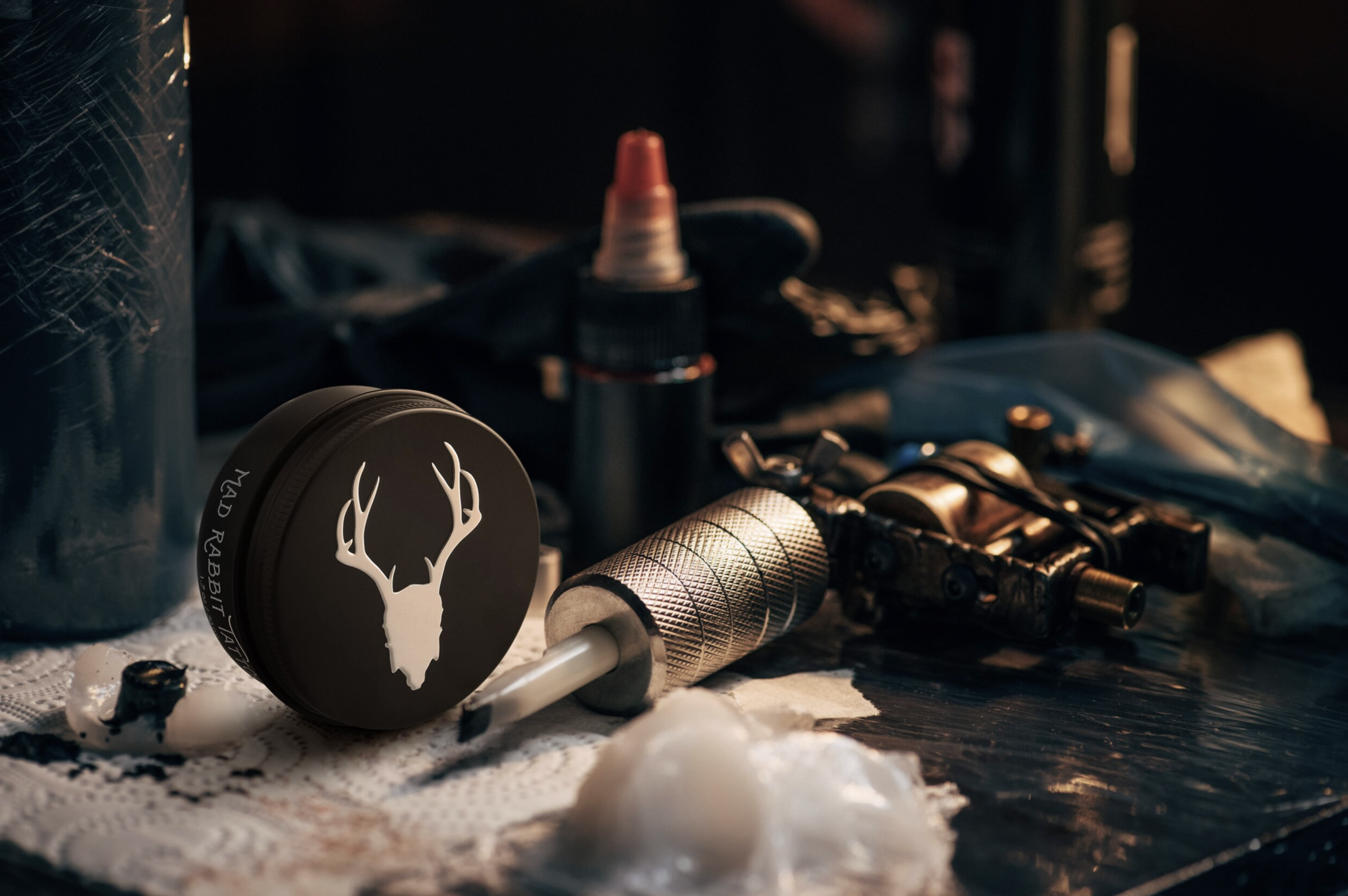
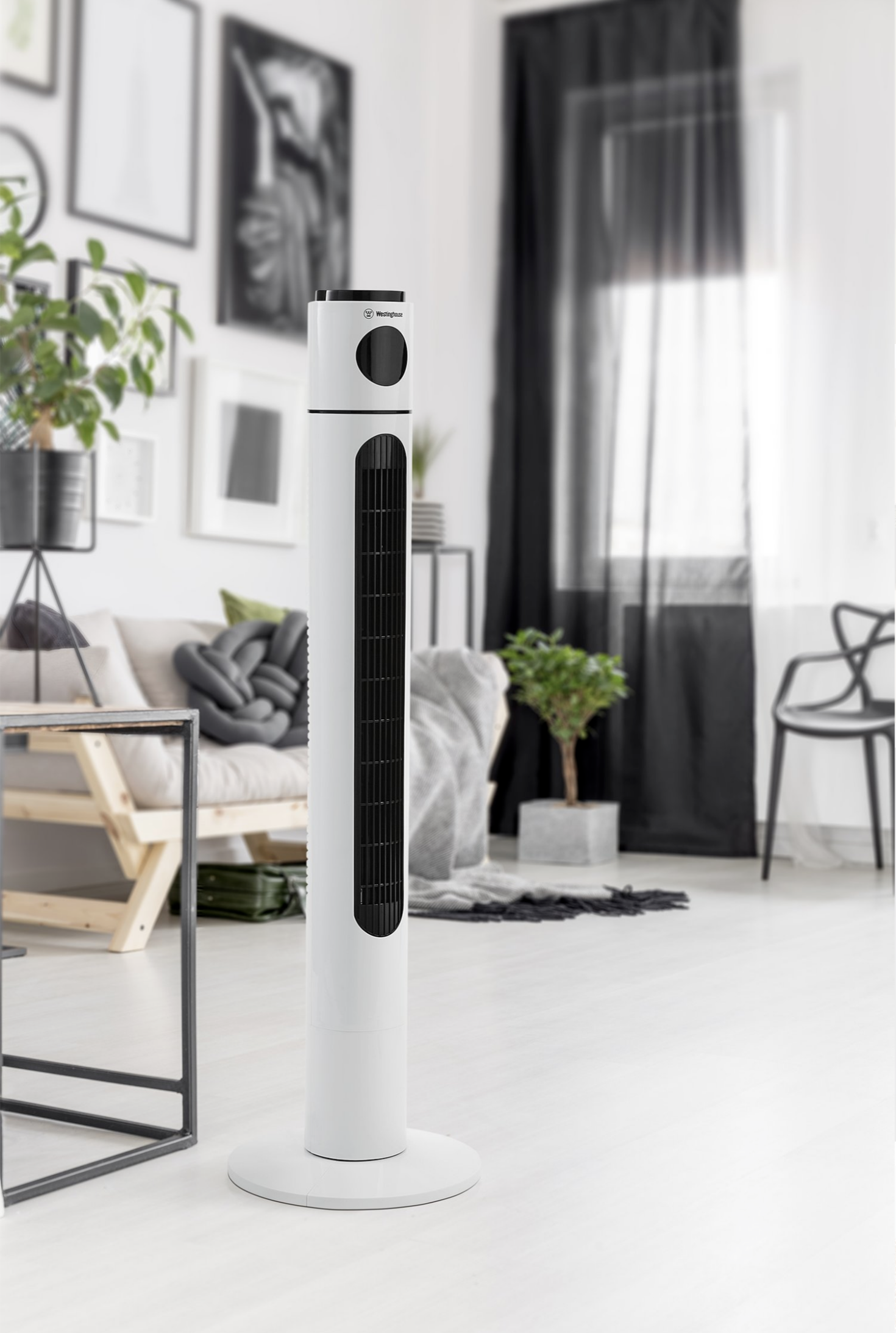
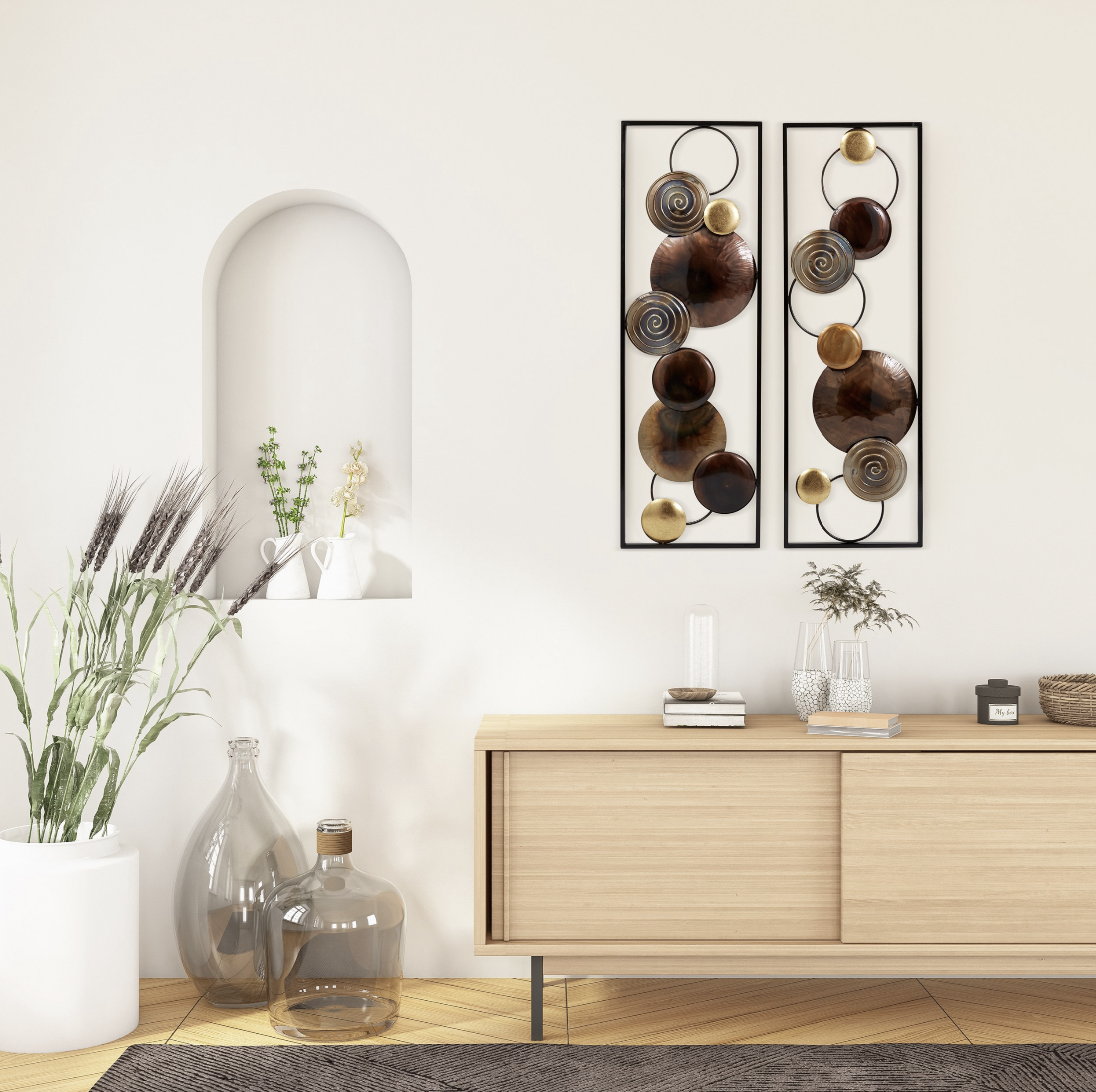
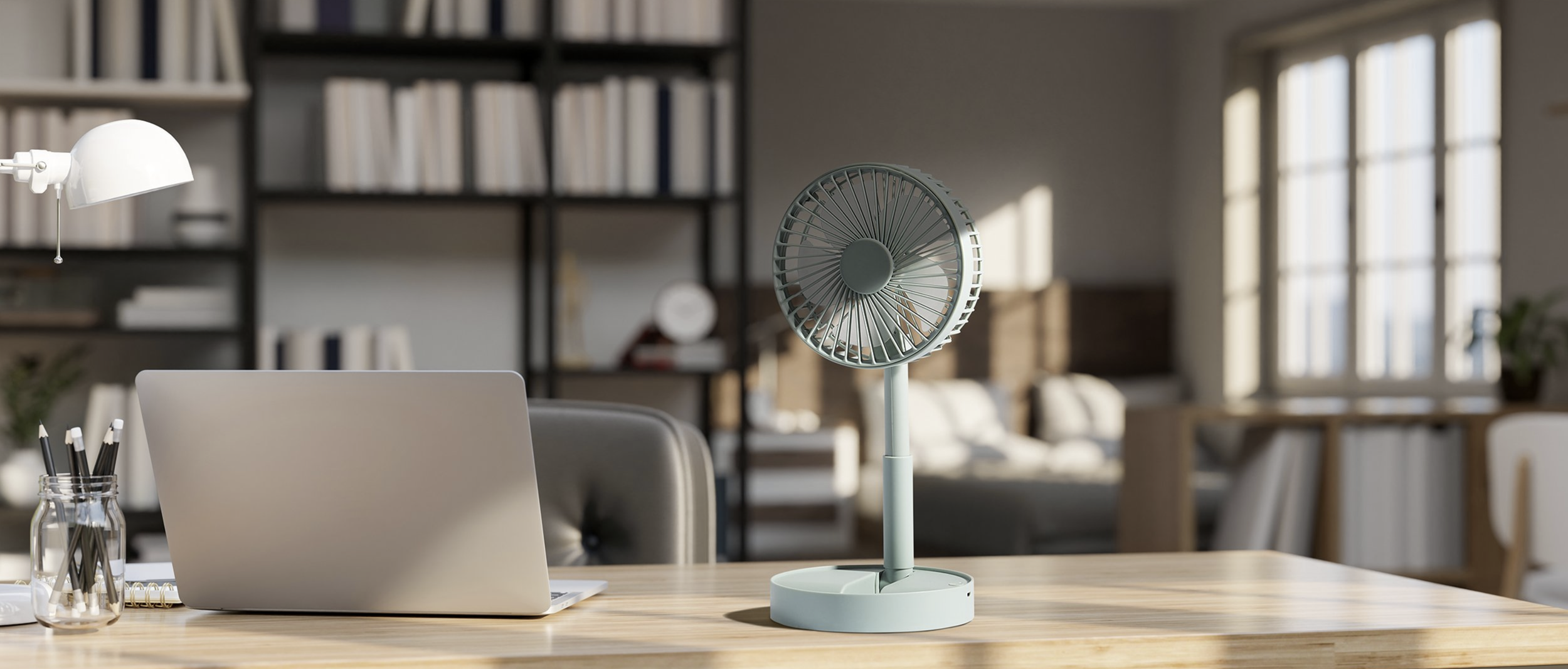

Once the 3D asset of an item exists, its position can be changed, its lighting can be customized, and it can be placed into any 2D or 3D environment. Amazon encourages lifestyle photography to be used on product listings to show the product in use and to sell the aspirational lifestyle that the product can bring the customer. Lifestyle images are also more captivating.
Whether you work with us to design a 3D scene, or you purchase a 2D stock photo, the 3D asset can be customized in every way to seamlessly fit into the chosen environment. Furniture and decor can be shown in various types of homes. Hiking equipment can be shown in use in the desert or on a mountain. Apparel and accessories can be shown on people of varying fashion styles. The possibilities truly are limitless, and these scenes can be processed as a simple 2D file, allowing you to share them in marketing campaigns, on social media, or on your website, places where 3D assets typically cannot exist.
In conclusion, the shift from traditional 2D photography to 3D and AR content on Amazon is not just a trend – it's a strategic move that can transform the way your products are perceived and, ultimately, purchased. The benefits are clear: an immersive customer experience, reduced returns, enhanced product differentiation, boosted conversion rates, and future-proofing your brand. So, why wait? Take your product listings to the next dimension and let your brand shine in the ever-evolving world of online commerce. Your customers will thank you, and so will your bottom line.

